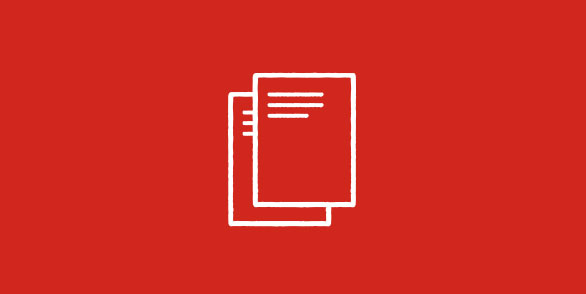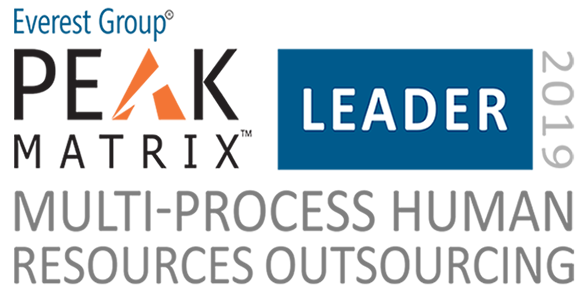Human capital management or HCM describes the strategy involved in employee management and development, with the view that employees are the human capital, meaning their knowledge, skills and expertise bring value and strength to the organisation.
The approach includes hiring the appropriate people; performance and talent management; learning and development; pay and benefits; ensuring optimum productivity; and creating employee engagement.
Ultimately, the goal is to establish an engaged, productive workforce that helps the company’s success and helps meet their strategy.
Human capital can be built in some of the following ways:
- Recruiting talented individuals to vacancies
- Tracking employee performance
- Elevating employee skills with a learning and training programme
- Building retention into the company strategy, with competitive salaries, rewards, and incentives
Specialist software is a means of supporting Human capital management within an organisation. HCM software can combine numerous HR systems to hold employee data, run reports, gain insights, and create a smoother experience for both employer and employees.
Making a checklist of requirements can be a great first step to selecting the best HCM partner for your company. Which of your organisational goals are reliant on HCM, and how would not meeting these goals impact your organisation? Answers to these questions can help you weigh up which providers and products would best fit your needs.
Human resources information systems (HRIS) and Human resources management system (HRMS) are other names for HCM, but they all describe replacing manual processes with a single solution. HCM software can bring comprehensive applications to every aspect of the employee lifecycle, along with detailed analytics and reporting to organisations up to enterprise level.
What are the features of Human capital management?
Human capital management consists of the numerous HR applications and approaches that can help to optimise employee skills and talents. These include:
- Recruiting the right people
- Onboarding new staff members
- Payroll management
- Tracking time and attendance
- Managing benefits and pensions
- Engaging employees
- Learning and training
- Running reports for analytics
- Helping companies stay compliant
What are the benefits of using Human capital management?
Human capital management can bring multiple benefits to business, from boosting their growth to staying compliant. Here are the key benefits in more detail:
- Gaining data to inform decisions
Human Capital Management software can collate and analyse employee data all from one place, enabling insightful reporting. Using this data, tools within HCM enable forecasting that can assist employers in making better decisions about scheduling, employee engagement and more. - Boosting company growth
When a business grows in terms of new acquisitions, new employees and locations, cloud-based software can adapt and expand with the company to elevate their HR processes and help them manage more staff and more data. - Attracting and retaining talent HCM software can enhance the way that companies attract and engage with employees, ultimately assisting with staff retention. The technology delivers a unified platform including tools through which employees can easily access details of their pay, pensions, and benefits.
- Increasing profits Workflows that are automated and take the place of previously manual tasks could reduce the costs of labour while freeing up employees to focus their time on areas of company growth.
- Making data more secure HCM software is cloud based and designed to be entirely secure, with multiple layers of protection and security warnings to assist with preventing fraud and data breaches.
- Staying compliant with regulationsCloud based software keeps companies connected to the latest updates, while both local and global monitoring capabilities can help companies align with frequently changing regulations.


